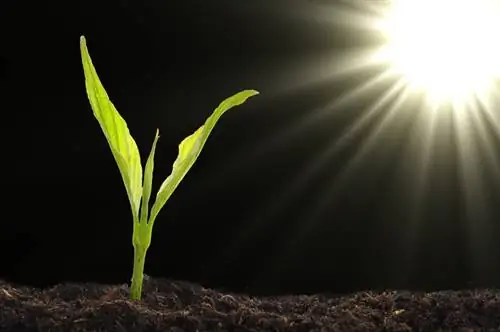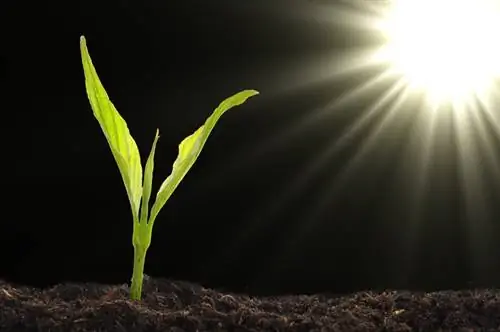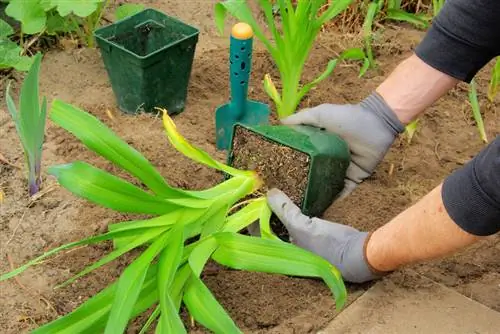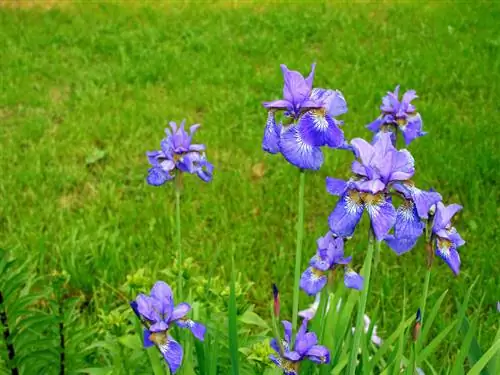- Author admin [email protected].
- Public 2023-12-16 16:46.
- Last modified 2025-01-23 11:20.
The African lily, also known as Agapanthus after its Latin name, comes from South Africa and has been cultivated in Central Europe for several centuries. The generally very robust plant produces magnificent flowers in midsummer and is relatively easy to propagate.

How do you properly care for African lilies?
The African lily (Agapanthus) prefers sunny to partially shaded locations and needs regular watering from April to August. It is propagated by dividing the rootstocks in spring. In Central Europe it is usually sensitive to frost and should be kept as a pot plant.
How do Agapanthus plants grow in this country?
In Central Europe, the African lily can usually only be grown as a pot plant due to its sensitivity to frost. In extremely mild locations, some leaf-feeding species of African lily can also be hardy if temperatures do not fall below minus 15 degrees Celsius and the soil is loose and dry. Such outdoor overwintering successes are exceptions for African lilies.
Where is the ideal location for the African lily?
The African lily loves full sun locations, but also copes relatively well with partial shade. In completely shady locations, the potted plant may not produce any flowers or the long inflorescences may stretch unattractively toward the sun.
What is the right level of water supply?
From April to August, you should water the plants generously once a week if they are placed under a roof or are dry. In small and heavily rooted containers, daily watering can make sense in hot weather, as long as excess water can drain away and the roots do not become waterlogged. The plants can bridge shorter dry periods thanks to the water stored in the thick roots.
How is the African lily propagated?
Over time, the roots of the African lily crowd out any space for substrate in the container, which is why the African lily has to be reduced in size and propagated by division every few years. The seeds ripen on the inflorescences in late summer and autumn and can be harvested by cutting off the flowers rather late.
When is the best time for dividing and repotting?
After wintering in April, the rhizomes can be roughly divided with a saw (€39.00 on Amazon) or ax; this does not have a negative effect on further plant growth. With this propagation method, there may only be one or two flowerless seasons until the plants have filled out their new planter a little more with their roots.
Tips & Tricks
Even in mild locations, there is a certain risk in planting an agapanthus outdoors and overwintering it. If, due to the vigorous growth of the plants, you have surplus specimens after dividing and repotting the African lily, you can try the experiment with a part in a protected location.






